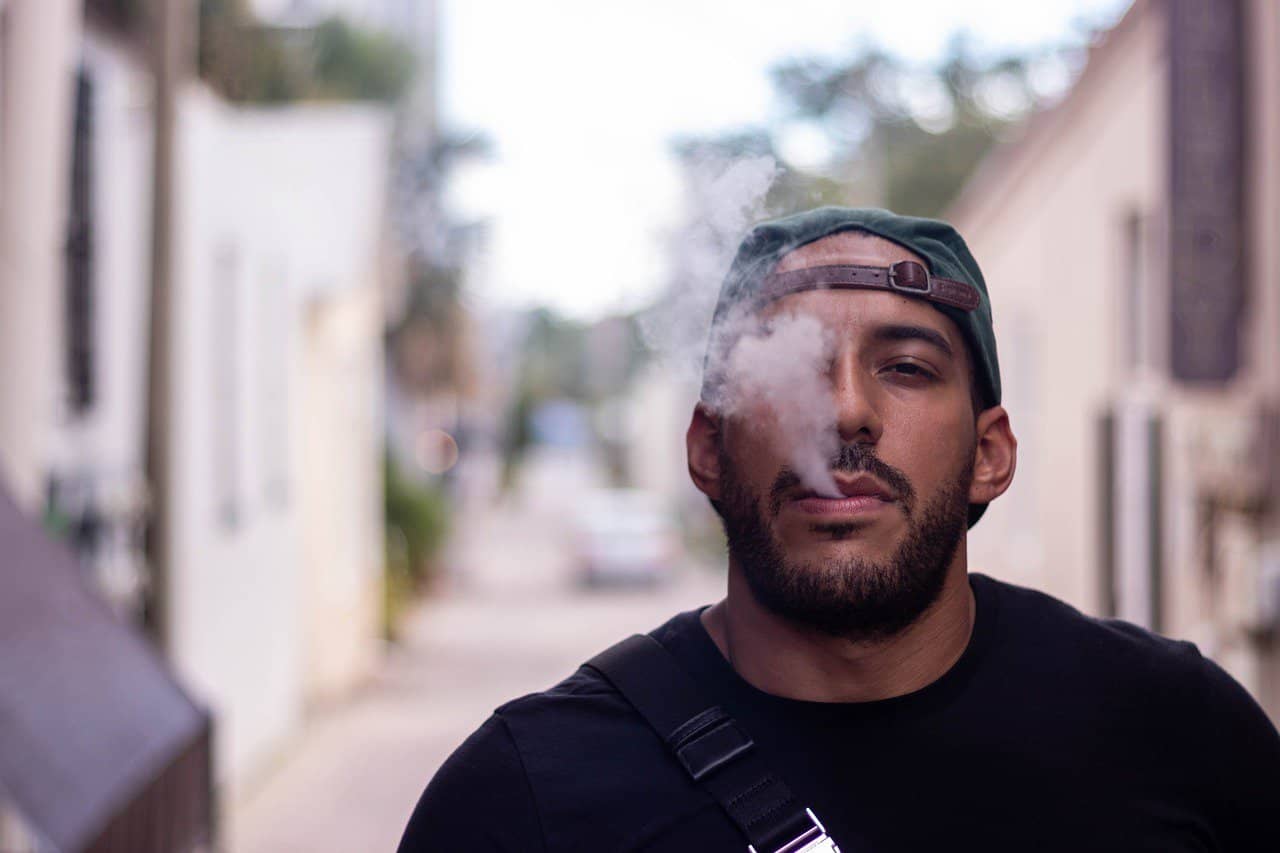Costa Rican health authorities have implemented new regulations under Law 10.066, prohibiting vaping in health centers, workplaces, educational institutions, shopping centers, casinos, nightclubs, discotheques, bars, restaurants, hotels, and sports facilities. The new rules also mandate clear signage in areas where vaping is banned.
The Costa Rican Social Security Fund (CCSS) has reported a dramatic increase in vaping-related disorders. Cases surged from 13 in 2021 to 78 in 2022, then skyrocketed to 1,456 in 2023. This alarming rise is not limited to youth; adults are also affected.
Health Minister Mary Munive highlighted the growing health concerns associated with vaping, citing reports from the National Poisoning Center, which manages significant intoxication cases. In 2023 alone, the CCSS recorded 14 cases of vaping-related intoxication, including nine minors, with seven requiring hospitalization. Munive described the devices as “toxic” and warned that they can cause severe health issues, including pulmonary damage and kidney problems.
Experts caution that vaping’s effects can range from respiratory difficulties to tachycardia, chronic cough, nausea, vomiting, anxiety, and even hallucinations. Flavors such as “strawberry,” “passion fruit,” and “mango” might create a false sense of safety, but in reality, these products can have severe health implications.
Growing Trend Among Young People
Vaping has become increasingly popular among young people, with troubling reports indicating its presence in schools. Dr. Gabriela Rojas from the Institute on Alcoholism and Drug Dependence (IAFA) reveals that students are selling vapes on school grounds. Despite their appeal, Dr. Rojas warns that these electronic cigarettes are far from harmless, with their flavorings containing harmful chemicals.
The varied sizes of vaping devices can make them resemble school supplies, prompting Rojas to call for stricter admission protocols in schools. Reports suggest that students are not only selling vapes but also charging their peers for a puff.
“The tobacco industry has cleverly marketed these products, using technology, attractive colors, and various flavors to target underage individuals,” explained Zeanne Gonzalez from IAFA.
Given their resemblance to other supplies and ease of transport, teachers are urged to remain vigilant to combat this growing issue.






